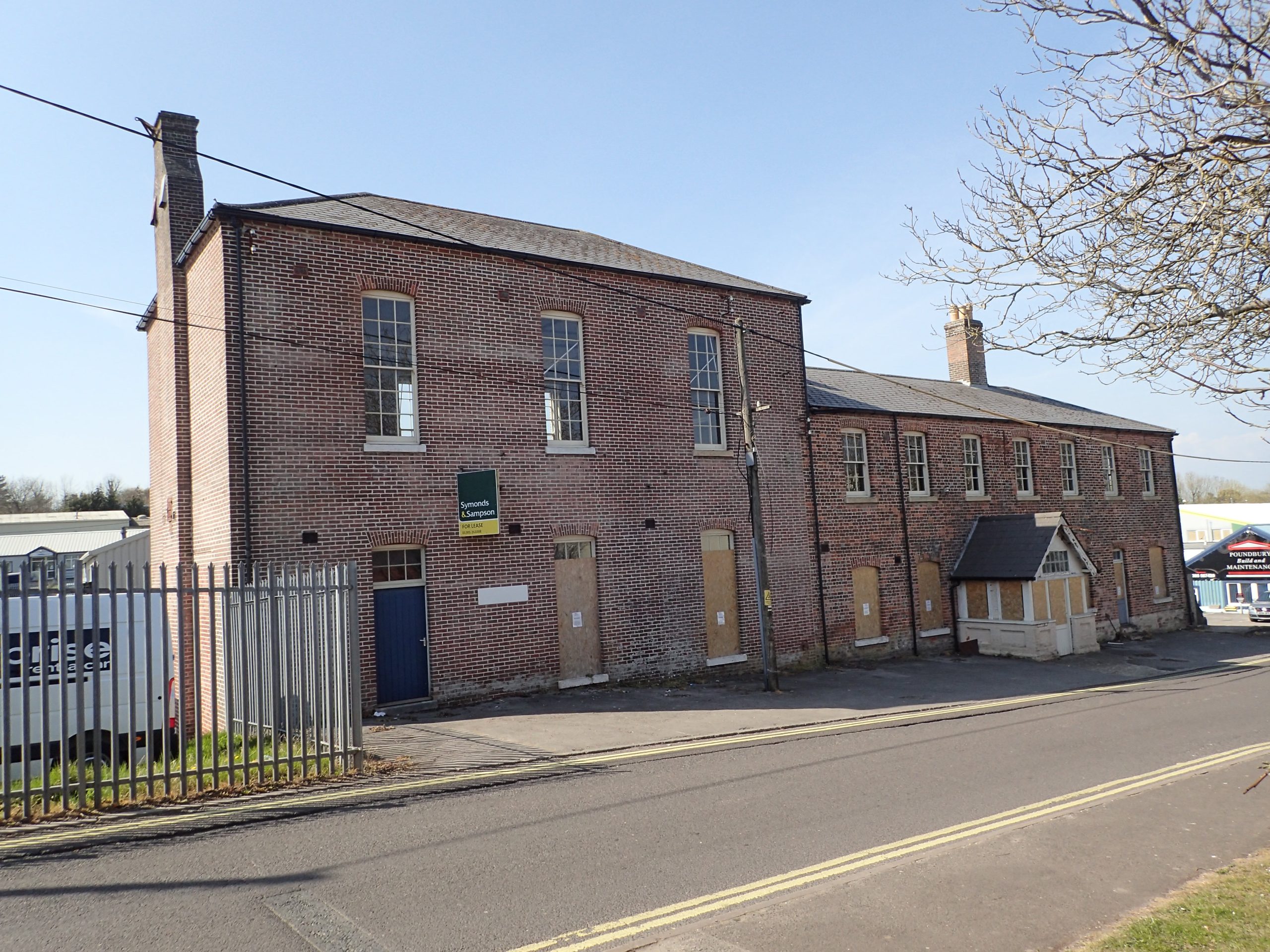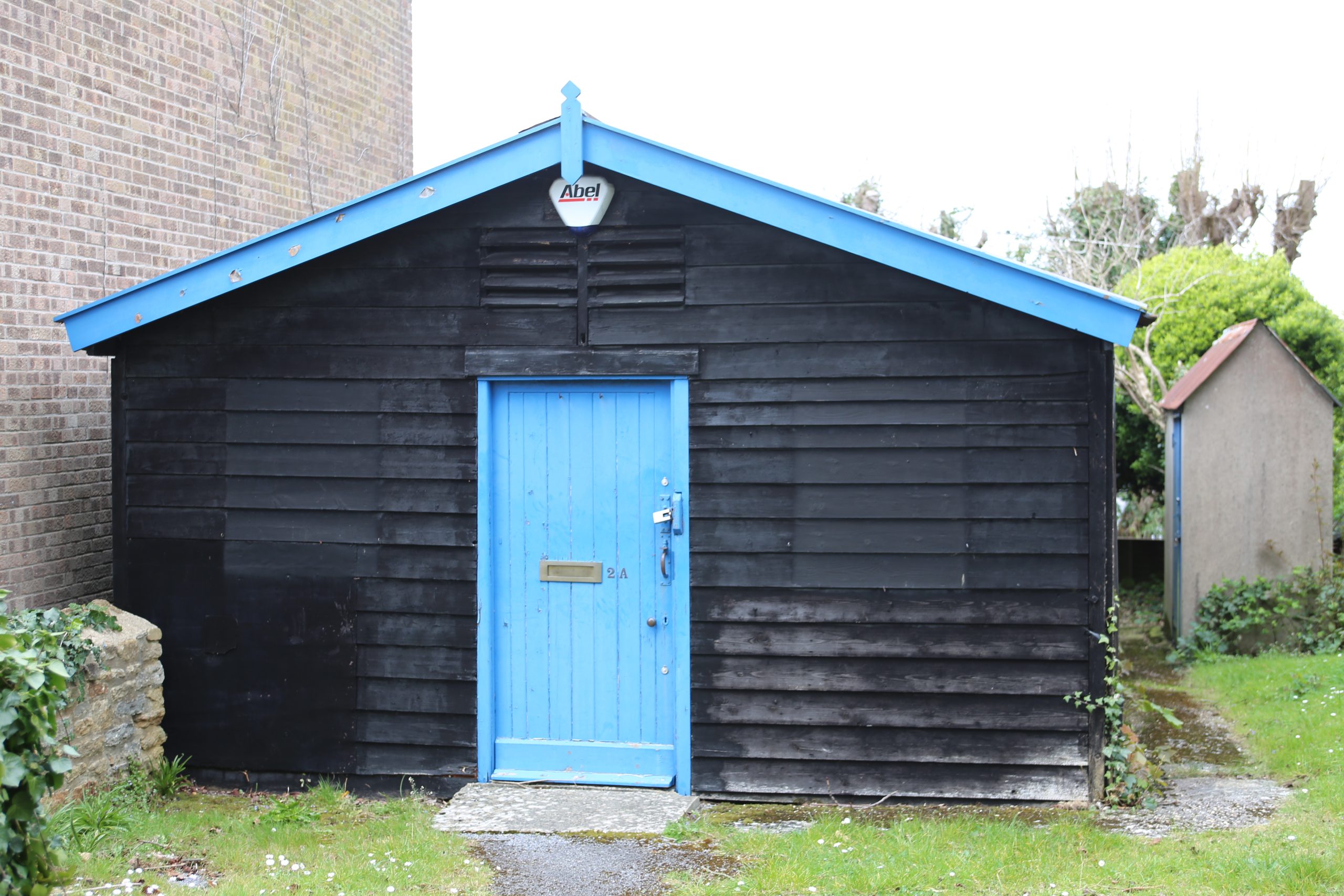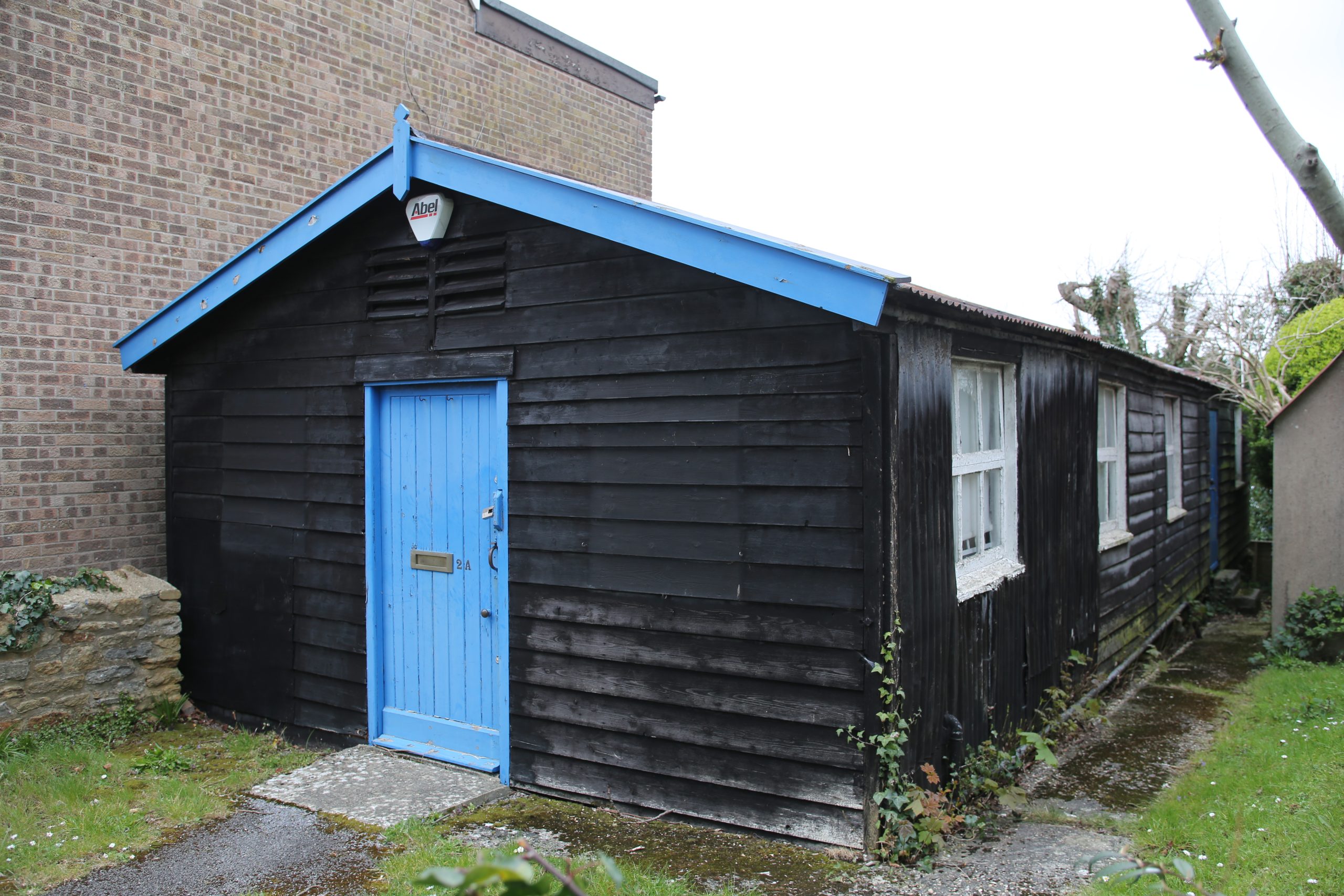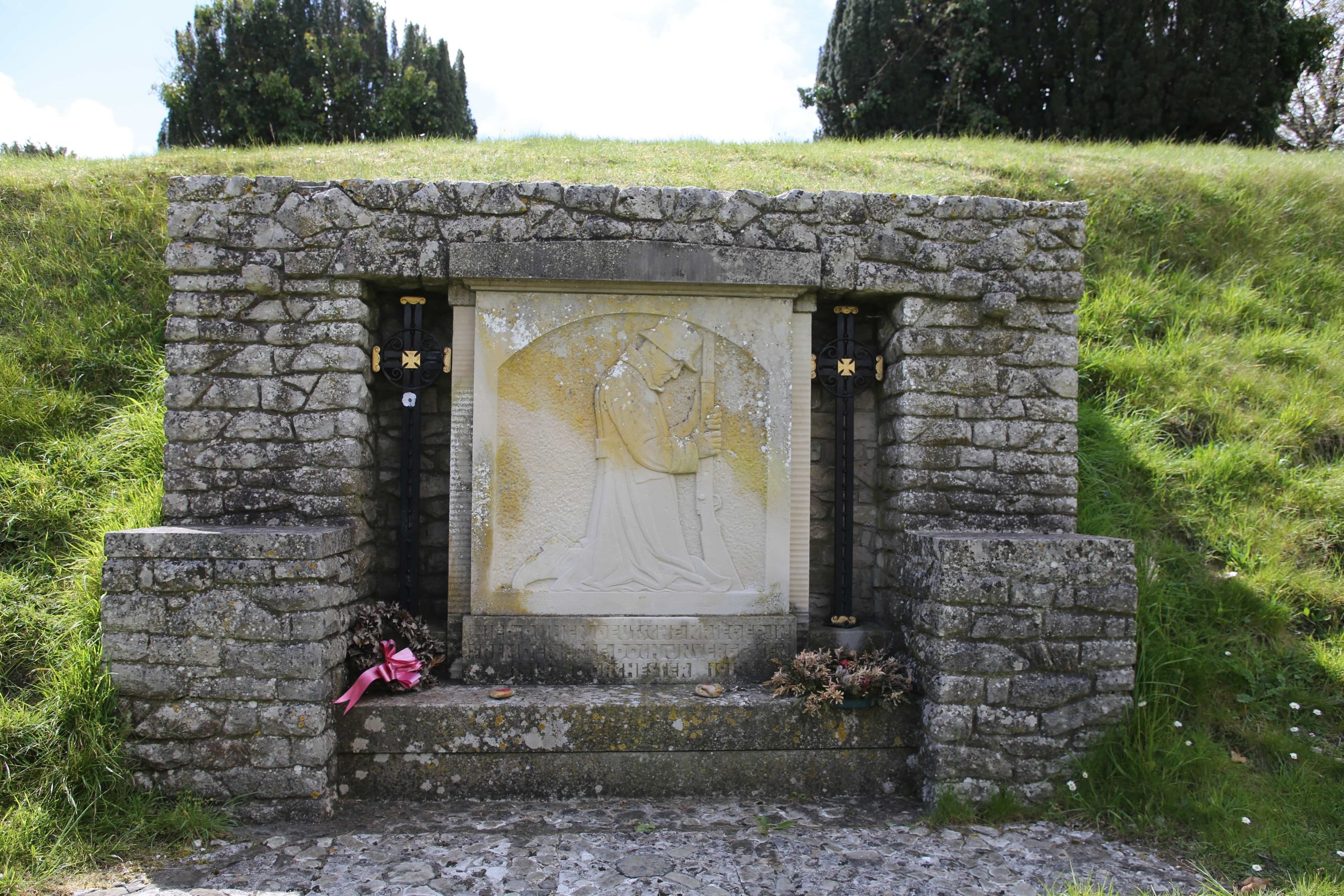Almost immediately after the outbreak of the 1914-8 War a decision was made to house a prisoner of war camp within the precincts of the Royal Horse Artillery Barracks on the north- west outskirts of the town, at what has now in part become the Poundbury Industrial Estate. It was one of the first three such camps to be opened.
During the first month of its operation the prisoners were house in existing accommodation, but as new German and Austrian prisoners continued to arrive from the front, they were housed in bell tents erected in the grounds of the barracks. By the end of August, it was decided to replace this temporary accommodation by specially designed accommodation huts.
For the first months of the war the Camp was used to house civil internees, but these were soon outnumbered by captured military personnel. By the end of that first year civilian detainees were moved out to special residential centres outside the County.
The huts used to accommodate the prisoners were built of timber and clad in weatherboarding and contained beds for between 40 to 50 men. They measured some 50 feet long by 16 feet wide and were raised off ground level on pillars so as to avoid any dampness. Each hut was fitted with an iron plate stove and with electric lighting.
The Camp soon extended to the boundary of the Weymouth to Bristol railway line.
When its capacity proved insufficient a new compound was built on the other side of the railway line which extended up to Poundbury camp, on land now occupied by bungalows and light industrial buildings. Two sidings were added to the railway line which enabled supplies to be transported directly into the Camp. As far as is known prisoners were never brought directly into the Camp by rail.
These two compounds could house up to 4500 prisoners, compared to the town’s then population of some 9000 souls.
In addition to serving as a home for prisoners for the duration of the war Dorchester Camp also became a transit centre, receiving and dispatching new prisoners to other camps in the south-west.
To a large extent the prisoners were self-governing and were provided with communal facilities including the necessary number of cookhouses, refectories, toilets and wash houses, a sports ground, a gymnasium, a camp theatre, an orchestra and chapels of different denominations where Sunday and Feast Day services were held.
Injured and sick men were treated in the Military Camp’s existing hospital. The building survives and is currently vacant (Photo 1)
Prisoners did not vegetate since they were escorted out of the Camp on regular recreational marches and in the summer to bathe in the river swimming pool at Grays Bridge. Most prisoners also were given employment, replacing local employees who had enlisted in our armed forces. For example, they were to be found during the working day cleaning the town, working as farm labourers, maintaining country roads and quarrying. They were returned to the Camp in the evening.
During the course of the year following the cessation of hostilities in November 1918 prisoners were repatriated to their countries of origin and the Camp was closed.
The only surviving vestige of that time is the hut which now stands in Northernhay, outside but not far from the perimeter of the Camp (Photos 2 and 3).
It is very much in its original state, with the exception of the exterior colour scheme. For several years it has remained empty and unused but was used for many years as the meeting place for Dorchester Scouts. It also hosted regular auction sales organised by Jeffs Auctions.
Another hut was apparently salvaged from the Camp and transported to the hamlet of Winterborne Monckton and transformed into a bungalow.
A further reminder of that aspect of the Great War is the monument at the side of the Fordington churchyard to the forty-five prisoners who died in the Camp, mostly from the influenza epidemic which started during the last quarter of 1918 (Photo 3).
The monument was erected next to the plot in which the deceased were buried. It takes the form of a tablet of Portland stone on which is sculpted in bas relief a figure of a kneeling German soldier bearing a rifle to the design of J. Bartolmay, one of the prisoners. Underneath are inscribed words which translated read” Here lie German soldiers in a foreign land but not forgotten. 1914-Dorchester-1919”.
In the 1960s, in agreement with the then West German Government, the bodies were removed and reinterred in the Cannock Chase German Cemetery in Staffordshire which was inaugurated in 1967.
For some years Dorchester Civic Society has worried about the state of preservation of the Camp Hut which it understands was included in the estate of the deceased founder of Jeffs Auctions.
In April 2022 DCS applied to have the Hut registered as a Local Heritage Asset under the scheme initiated that year by Dorset Council. We understand that the application is included in the list which is to be presented to the Cabinet of the Council for approval within the next few months and hope that it receives the recognition it deserves.
Ian Gosling 8.11.2024





Recent Comments